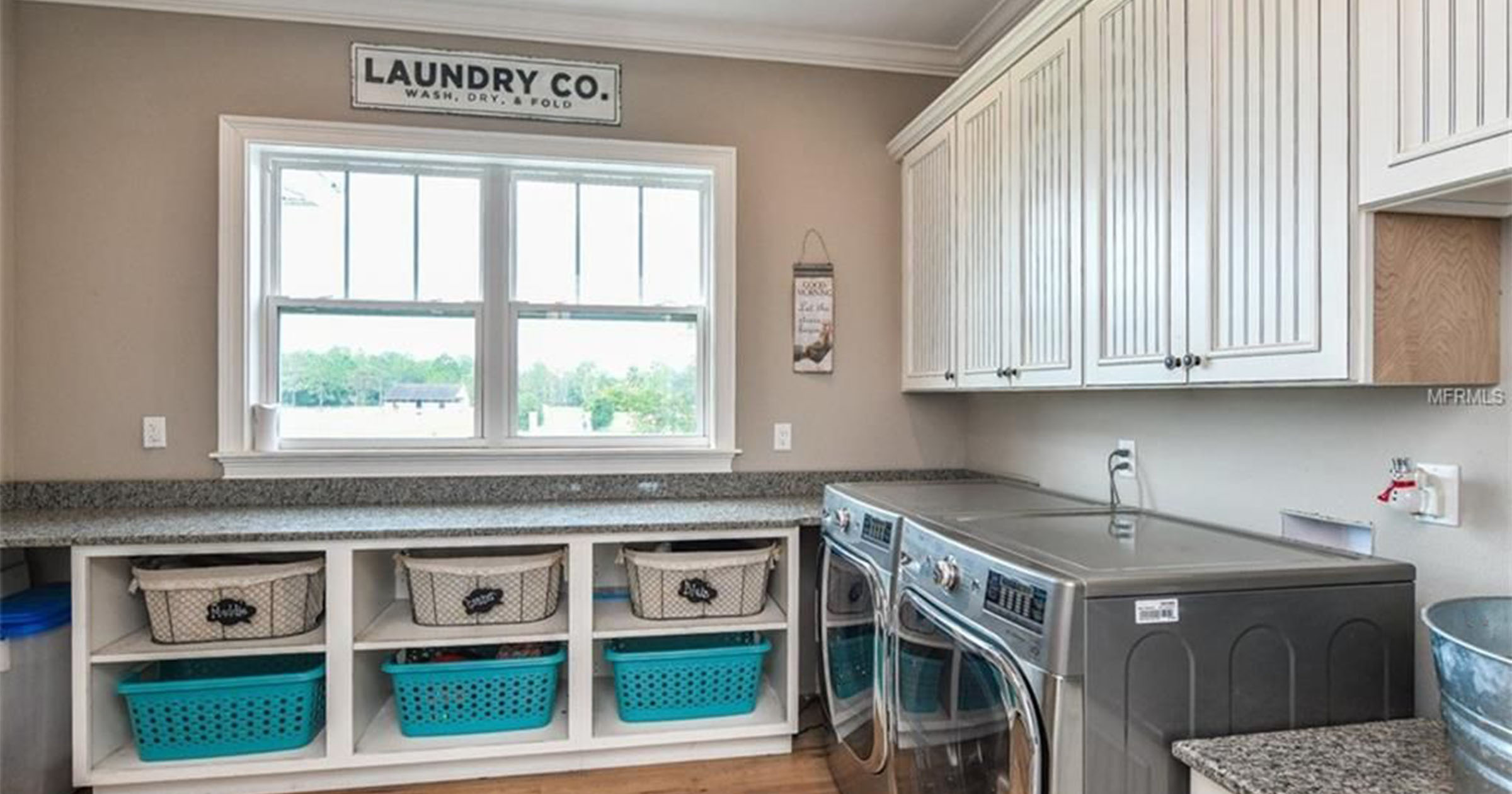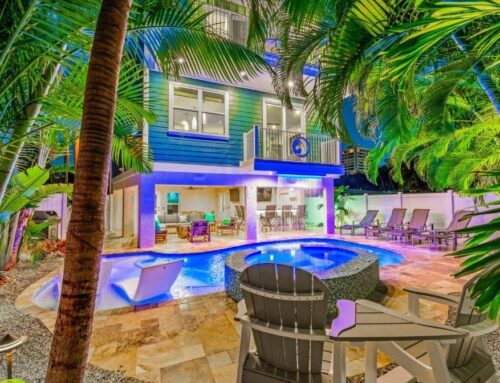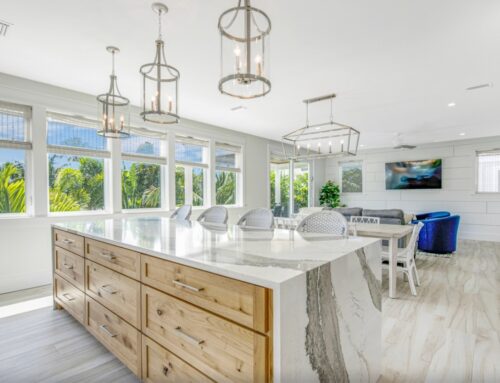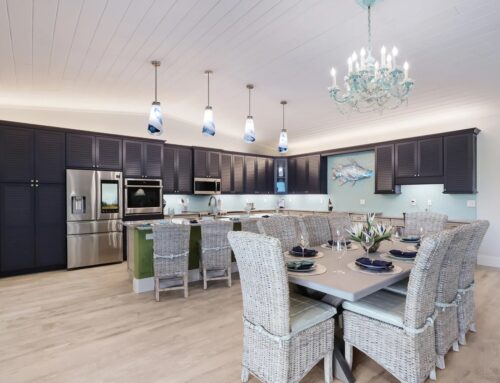Everyone is concerned with energy efficiency these days – and for good reason. Not only are consumers trying to help the environment, but we all could use some relief from the higher cost of utilities. When you are designing and building a new home, it affords the opportunity to integrate multiple features that can help you achieve your goals. However, those who currently own a home can also use these tips to retrofit their property to be more energy efficient in the years ahead.
Designing an Energy Efficient Home
- Window Position: In Sarasota, we love sunlight streaming into our homes. Unfortunately, too much sunshine can prove to be be inefficient from an energy perspective, so the trade-offs must be considered. When working with an architect to design your home, be aware of how the position of the windows may affect how easily you can cool your home – or how challenging that may be. As a general rule, north facing windows provide the least natural light but the coolest temperatures, while south facing windows provide ample light but can generate a lot of heat. West facing windows provide light thoughout the day, and the rooms may be warm all day. East facing windows get plenty of morning sun, but may sit in shade the balance of the day. If you can’t do without the sunlight but want to limit energy costs, don’t forget to include quality blinds or window coverings.
- Don’t Skimp on Insulation: Insulation is vital for maintaining cooler temperatures in your Florida home, as it prevents the thermal transfer from inside to the outside. In other words, it keeps the cool air in and the warm air out, and allows your A/C unit to do its job without needing to work even harder. Cooling represents 16% of residential energy consumption in the United States, but that number rises to 27% in Florida homes. Make sure you choose effective insulation, and don’t be afraid to add a little extra.
- Sustainable Home Materials: One of the most significant benefits of designing and building your own home is that you can make energy-efficient choices right from the beginning. Utilizing sustainable construction materials in your new home design can affect the house’s overall efficiency significantly. Eco-friendly materials may include insulated concrete walls, bamboo wood, recycled steel and insulation panels.
- Moisture Control and Ventilation: Energy efficient homes are designed to be airtight. Leaks allow internal air to escape and outside air to invade, but preventing leaks allows your A/C to do its job efficiently. Architects and design professionals recommend homeowners concentrate on these five locations of the home for maximum efficiency:
- Window and door weatherstripping
- HVAC duct sealing
- Pipe wall penetrations
- Attic hatch opening
- Exterior wall outlet boxes
- Energy Star Certificatons: You may be familiar with Energy Star ratings that EPA-certify energy-efficient appliances. These ratings allow consumers to opt for the most energy-efficient products on the market, especially important for high-impact appliances such as refrigerators and clothes driers. What consumers may not realize is that Energy Star offer a whole-house certification program. The whole house Energy Star Certification guarantees that the home is energy efficient, utilizing 20% less energy on average.
- Don’t Forget the Landscaping: When considering ways to make a home more energy efficient, many people forget to walk outside the front door. However, your landscaping choices can significantly impact your goals in several ways. When choosing plants, be sure to look for drought-resistant native plants (just ask your local nursery) that do not need excessive watering. You may also be surprised to learn that well-placed trees can provide shade during the hottest time of the day, so choose wisely.
At JTL Studios, we love designing homes that are a genuine reflection of our client’s needs and desires. If your goal is to construct an energy-efficient Sarasota home, call us today. Don’t forget to browse through our recent projects for inspiration!





